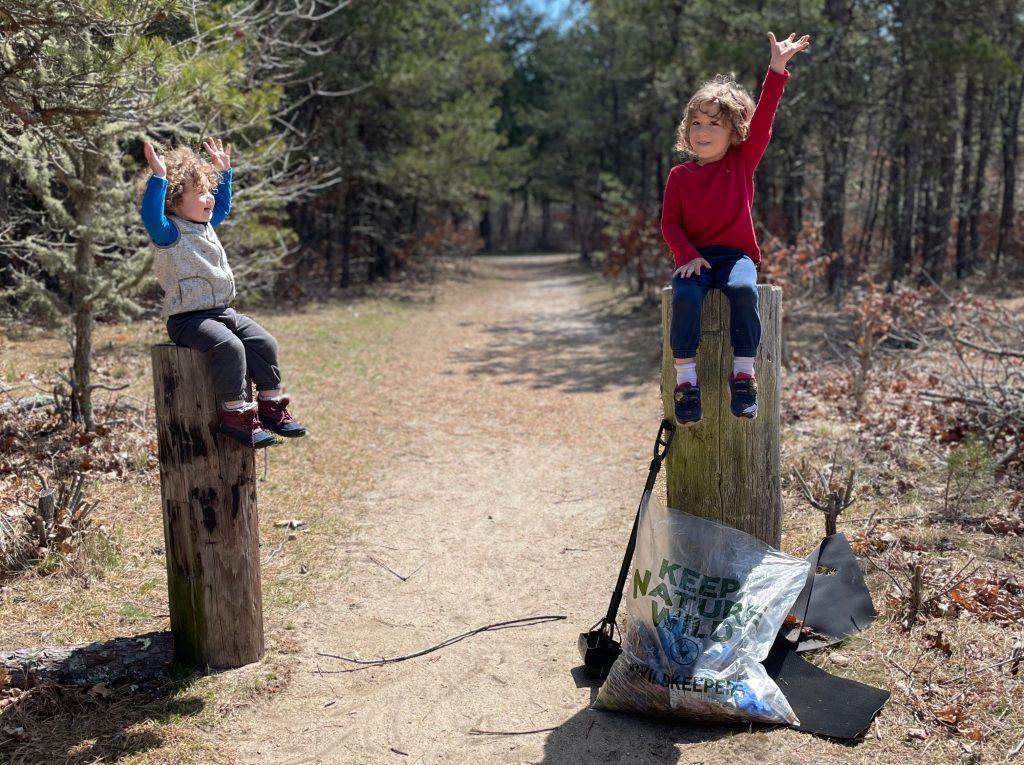
As a mom, I strive to instill love and respect for the environment in my children. For us, this looks like spending a lot of time outside exploring and enjoying Cape Cod’s beautiful and unique landscape. Weaving these experiences into our days together goes hand-in-hand with teaching my kids valuable lessons to help them grow into good citizens.
Earth Day, celebrated annually on April 22nd, provides a perfect opportunity to engage with your kids in fun and educational activities centered around helping them understand the importance of nurturing and caring for the earth. Here are ten fun and meaningful ways to celebrate Earth Day with kids:
1. Clean up your neighborhood
Grab your gloves and trash bags and spend some time picking up litter at a local park, along nearby trails, or at your favorite beach. Now we are to the point that my kids’ eagle eyes spy trash a mile away, so I always carry trash bags and gloves in my hiking backpack. Bonus points: Show your kids the importance of taking care of their community by organizing a neighborhood clean-up event.
2. Go on a nature scavenger hunt
First, create a list of items for the kids to find, such as leaves, rocks, flowers, and animal tracks. Encourage your kids to use their senses to observe and appreciate nature’s beauty. This activity promotes outdoor play and teaches children to be mindful of their surroundings.
3. Grow something
Get your hands dirty and plant something together. This can be as simple as starting seeds in paper cups, creating a mini herb garden indoors, planting a vegetable garden, or planting pollinator-friendly perennials around your yard. Many options can be scaled to fit your level of interest, experience, and budget.
4. Start composting
Start a compost bin with your kids to turn kitchen scraps into nutrient-rich soil for your garden. Get started by teaching them what items can be composted, such as fruit and vegetable peels, eggshells, and coffee grounds. Next, show them how composting helps reduce waste and enriches the soil. Not only will this activity help reduce your household’s environmental impact, but it will also provide valuable lessons in biology and ecology for your children.
5. Feed the birds
The Cape is home to many different species of birds. Invite them into your yard for a snack with a DIY bird feeder. There are lots of ways to do this, including making one from recycled materials like paper towel rolls, egg cartons, or pine cones.
6. Go on a hike
Lace up your sneakers and hit the trails with your kids for an adventure in nature. Cape Cod offers many excellent kid-friendly hiking options. We recently went on a fun story walk hosted by the Chatham Conservation Foundation. While on your hike, encourage your children to observe the plants and animals they encounter. This provides a great opportunity to discuss the importance of preserving natural habitats. Combine your hike with a nature scavenger hunt for added fun.
7. Visit a local farm or farmers market
Visit a farm or farmers market to help your kids understand that food doesn’t magically appear at the grocery store. Taylor-Bray Farm in Yarmouth Port is a personal favorite for our family. This kid-friendly historic property is beautiful and educational. My kids know the chickens by name, and a visit always seems to promote discussions about where eggs really come from.
8. Create recycled art
Get creative and repurpose household items into works of art with your kids. Start by raiding your recycling bin or collecting recyclable materials such as cardboard, paper tubes, and plastic bottles. Be sure to let your and your kids’ imaginations run wild! From making sculptures to creating collages, eco-friendly art offers endless possibilities to inspire your children to stretch their creative muscles while learning about the importance of recycling and reducing waste.
9. Host a clothing swap
Textiles comprise a large part of landfill waste. Studies show that it can take over 200 years for clothing and textiles to decompose. Empower your kids to help reduce textile waste by hosting a clothing swap with friends and neighbors. Encourage everyone to bring gently used clothing, shoes, and accessories they no longer wear, and let everyone trade items. Your clothing swap will help reduce the demand for new clothing production and promote a sense of community and sharing among your children.
10. Watch a nature documentary together
Wrap up your Earth Day celebrations by watching a nature documentary together as a family. Choose one that highlights the beauty and diversity of the natural world. This can make a great jumping-off point for discussing protecting endangered species and preserving fragile ecosystems with your children. We’re big fans of all the great options from National Geographic available on Disney+.
By incorporating these fun and meaningful activities into your Earth Day celebrations, you’ll create lasting memories with your children and instill in them a lifelong passion for environmental conservation. Together, you can positively impact the planet and inspire the next generation to take care of the earth. Happy Earth Day!


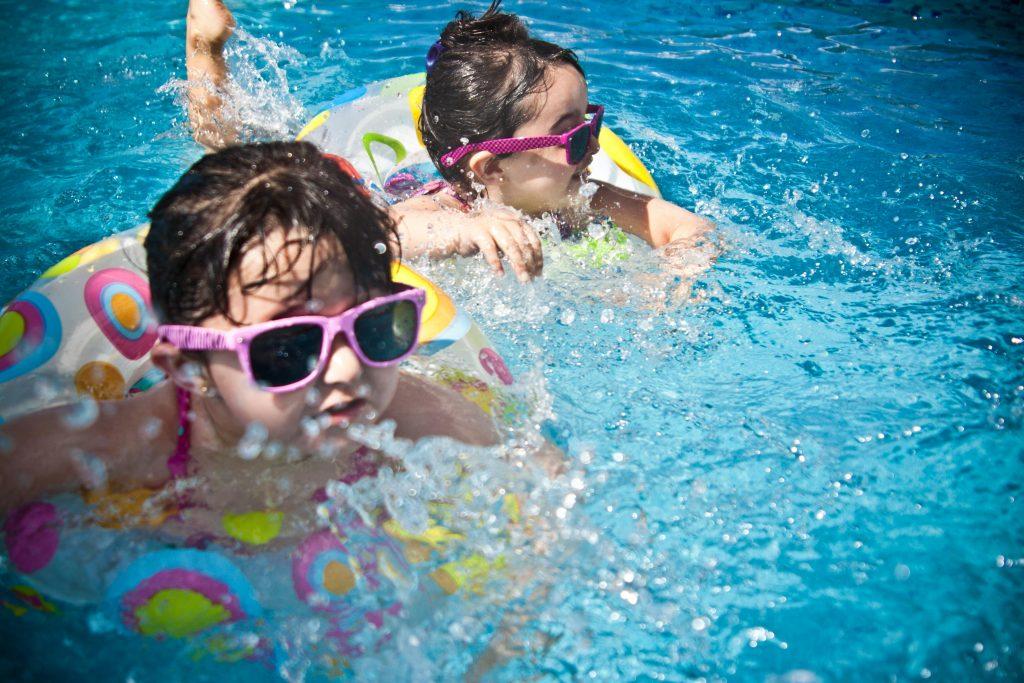 Do you ever come home from “vacation” exhausted? In February, we took our family to Orlando. We stayed at a kid-friendly resort and took our oldest to Magic Kingdom for a day. For the most part, we had near-perfect weather (high 60s, low 70s with sunny days) and a convenient location. We were able to walk almost everywhere we needed to go, and we had family traveling with us who could help with the kids so that we could get an occasional break. But I learned that family trips are not the same thing as a vacation, and that it’s important to prepare accordingly.
Do you ever come home from “vacation” exhausted? In February, we took our family to Orlando. We stayed at a kid-friendly resort and took our oldest to Magic Kingdom for a day. For the most part, we had near-perfect weather (high 60s, low 70s with sunny days) and a convenient location. We were able to walk almost everywhere we needed to go, and we had family traveling with us who could help with the kids so that we could get an occasional break. But I learned that family trips are not the same thing as a vacation, and that it’s important to prepare accordingly.
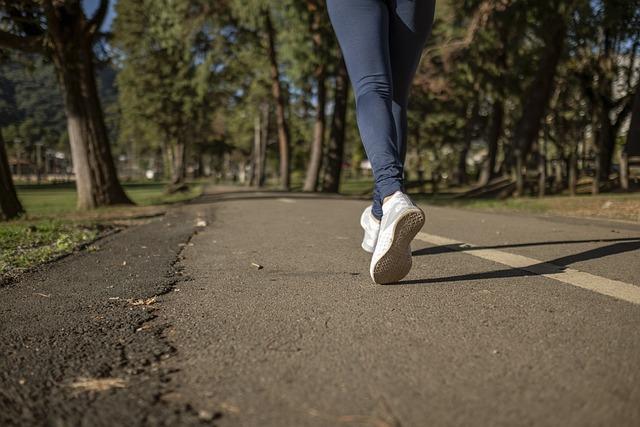


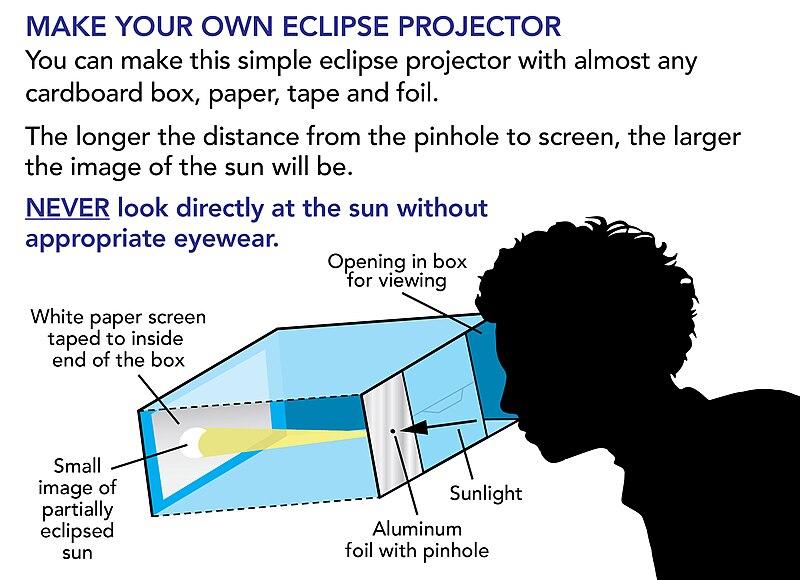

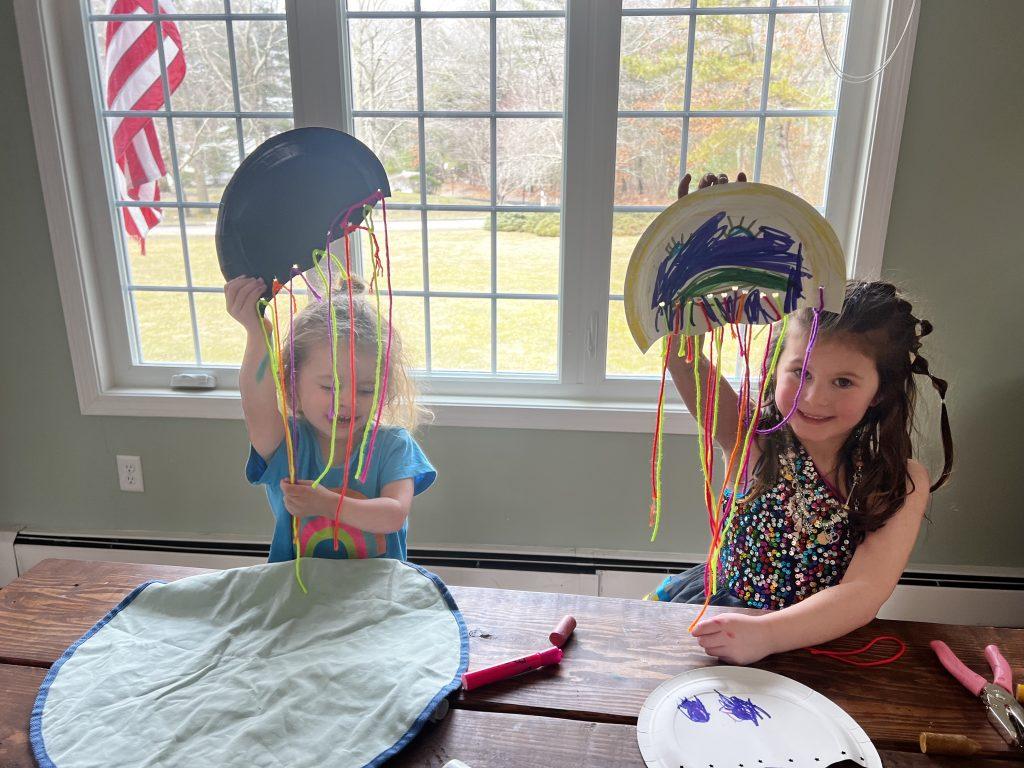
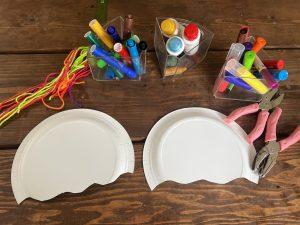
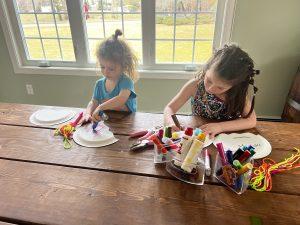
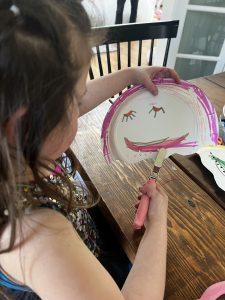
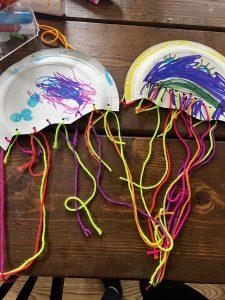
 Moms, does it seem like arousal comes so easily to your partner, but not for you? Read on for easy fixes to four of the most overlooked barriers to female arousal.
Moms, does it seem like arousal comes so easily to your partner, but not for you? Read on for easy fixes to four of the most overlooked barriers to female arousal.